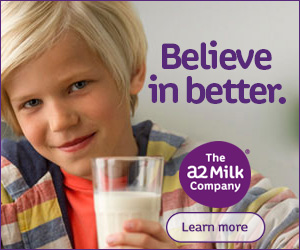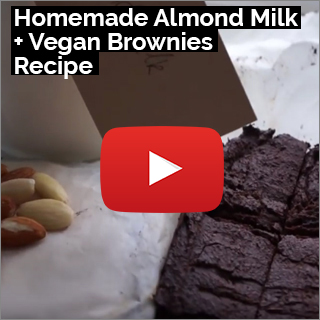FAQ’S
What are the pros and cons to each milk type?
Almond Milk contains healthy fats similar to olive oil and is naturally lower in saturated fats and kilojoules. Almond Milk also contains a mid range amount of protein however is considerably lower in calcium in comparison to dairy milk. Soy Milk has considerably more protein then other milk alternatives so this would be a great alternative for vegans and others who don’t receive proteins from meat food groups. A lot of Soy Milk products are calcium fortified so you can get similar nutritional value to dairy milk. Be conscious of Soy Milk having high levels of phytoestrogen which can cause health issues if your Soy Milk consumption is high. Rice Milk is considered to be the most hypoallergenic milk product on the market, similar to Soy Milk it is also calcium fortified to levels similar to cow’s milk. Rice Milk is low in fats but is also low in protein unlike cow’s milk that has higher levels of protein. Goat Milk is a great option for those with gastrointestinal issues as it is very easy to digest. Goat’s Milk is also better tolerated by people with Lactose problems, as it doesn’t cause the same inflammation as dairy products can. Goat Milk is generally the priciest out of the milk substitute products. Dairy Milk is essentially your one-stop shop for nutritional fulfillment. It contains nearly all the nutrients needed to aid children’s growth including fats, proteins, carbohydrates, minerals & vitamins (except iron). If you suffer from Lactose intolerance Dairy Milk will most likely not be right for you and your digestive system.
Are low fat milks just watered down full fat milks?
Low fat milks, including reduced fat & skim milks are not watered down full cream milks. Low fat milks have reduced or removed cream from the contents to minimize the amount of fat within the milk.
What is the difference between homogenised and unhomogenised milk?
Homogenised milk is milk that has had the cream distributed evenly throughout the milk. Unhomogenised milk generally has a layer of cream on top of the milk as it has not gone through the process of homogenisation. Majority of milks in Australia are homogenised.
I am sensitive to a lot of food groups, what milk would be the best for my stomach?
Rice milk is the most hypoallergenic, however depending on your sensitivities other types of milk might be suitable too.
What exactly is rice milk?
Traditionally, rice milk is made from brown rice blended and strained with water. The consistency is thinner then cow’s milk and contains more carbohydrates due to the milk being rice based. Rice Milk generally has less protein and calcium as well as no cholesterol and lactose.
How do you get milk from almonds?
Majority of almonds milk is made from the crushing of almonds and combining it with water. Some brands may choose to use additives for a sweeter taste, however for the most part, almond milk is fairly basic.
Is almond milk gluten free?
Plain almond milk is naturally gluten free. However always read the label for sneaky additives that may contain gluten (especially with flavoured almond milk).
How does soy milk compare to cow’s milk?
These days soy milks on the market contain similar nutritional value to cows milk with good sources of vitamin A, calcium, phosphorus and riboflavin, as well as numerous vitamins and minerals. Each milk has their own benefits depending on what you look for in a milk, whether it be gluten free or high calcium there is plenty of variety in the market to suit all needs.
Can goats’ milk be used in the same way as cows’ milk?
Goats’ milk is just as natural as cows’ milk so it can be used in exactly the same way whether it be cooking or drinking.




